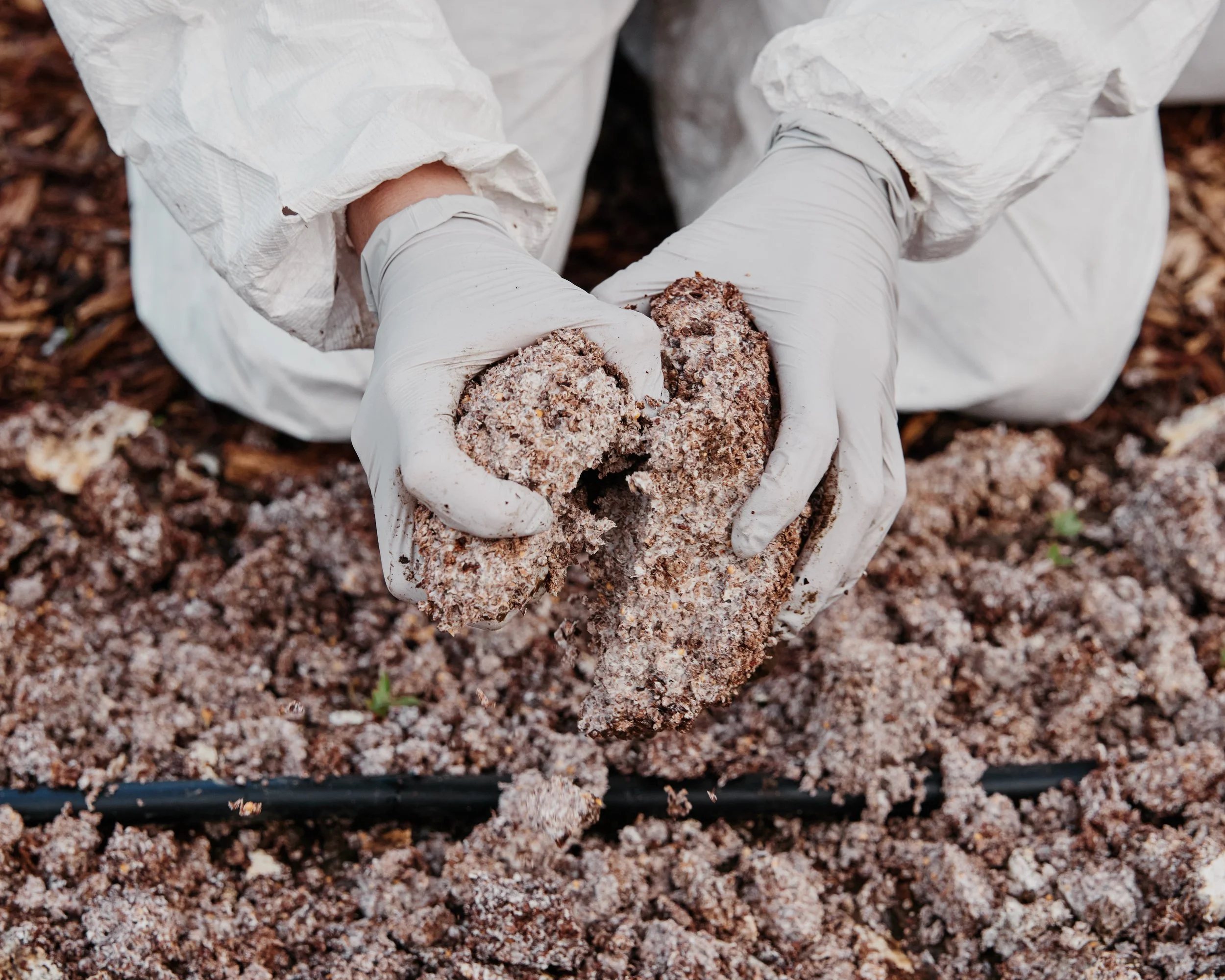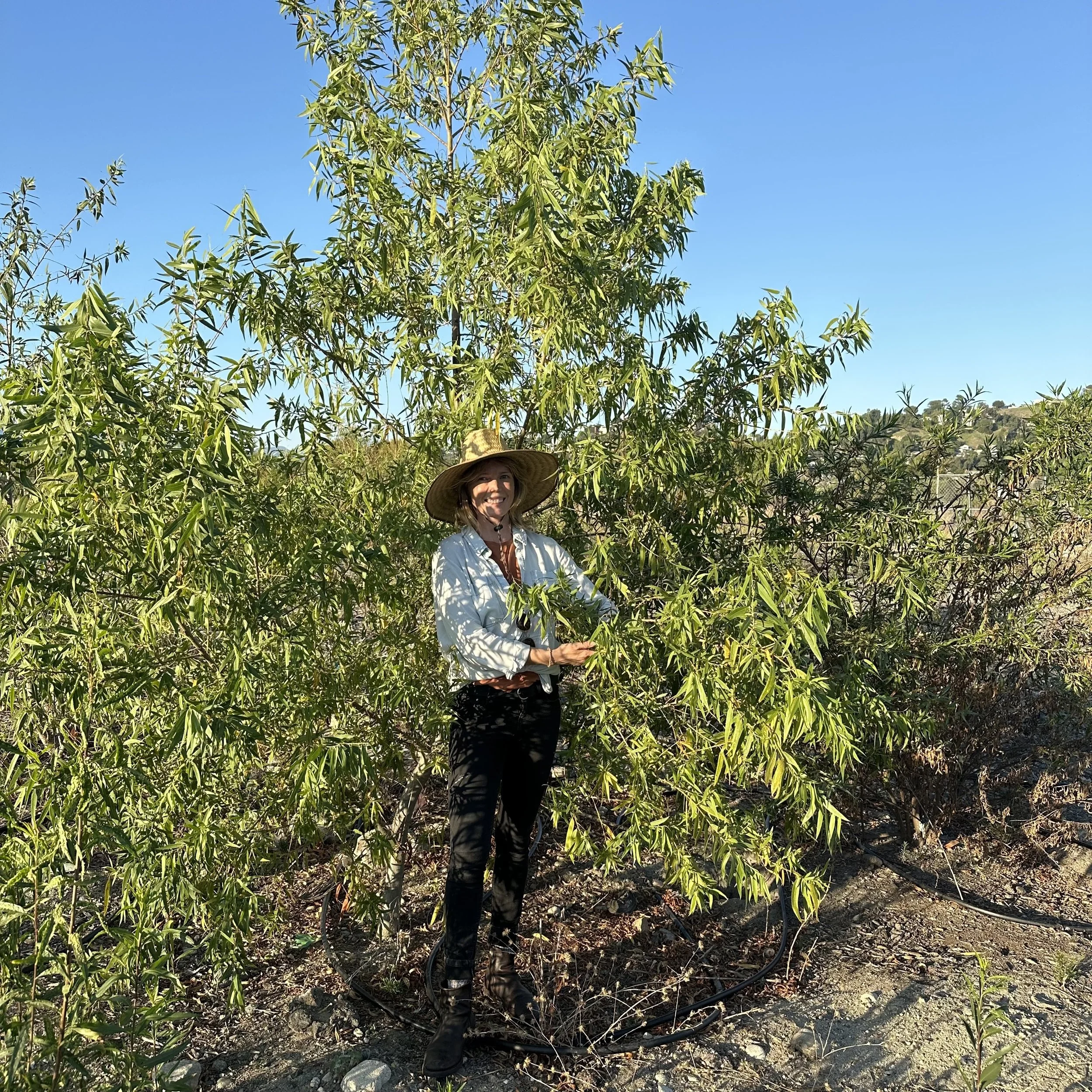A model, system and set of methods for cleaning up polluted sites that truly mimics nature by drawing on principles of ecology to not only address pollution but also restore ecosystem function & biodiversity.
Principles of ecological remediation:
[1] Mimic succession: typically, primary decomposer fungi start of degradation of complex carbon-based contaminants and in doing so, create food and habitat for secondary decomposer bacteria and fungi. Often, starting the process is all that is needed for the system to regenerate itself.
[2] Diversity = resilience: we work with multiple kinds of biological organisms - plants, fungi, bacteria as well as non-living amendments to ensure all contaminants are addressed (complete remediation) and ecological function is restored, creating a regenerative and resilient system for the long-term.
[3] Waste as resource: we thoughtfully design any remediation effort to utilize waste streams in our processes, diverting them from landfills, and to minimize waste production by developing circular economies for ecological remediation byproducts (i.e. metals re-use, creation of useful products out of remediation waste streams).
[4] Bioregional approaches: we prioritize not only native species, but site-adapted species combinations, for a regional and ecologically considerate approach.*we would never work with invasive species.
[5] Make sure keystone remediation species are present: our model ensures the species needed are present to fulfill remediation goals.



